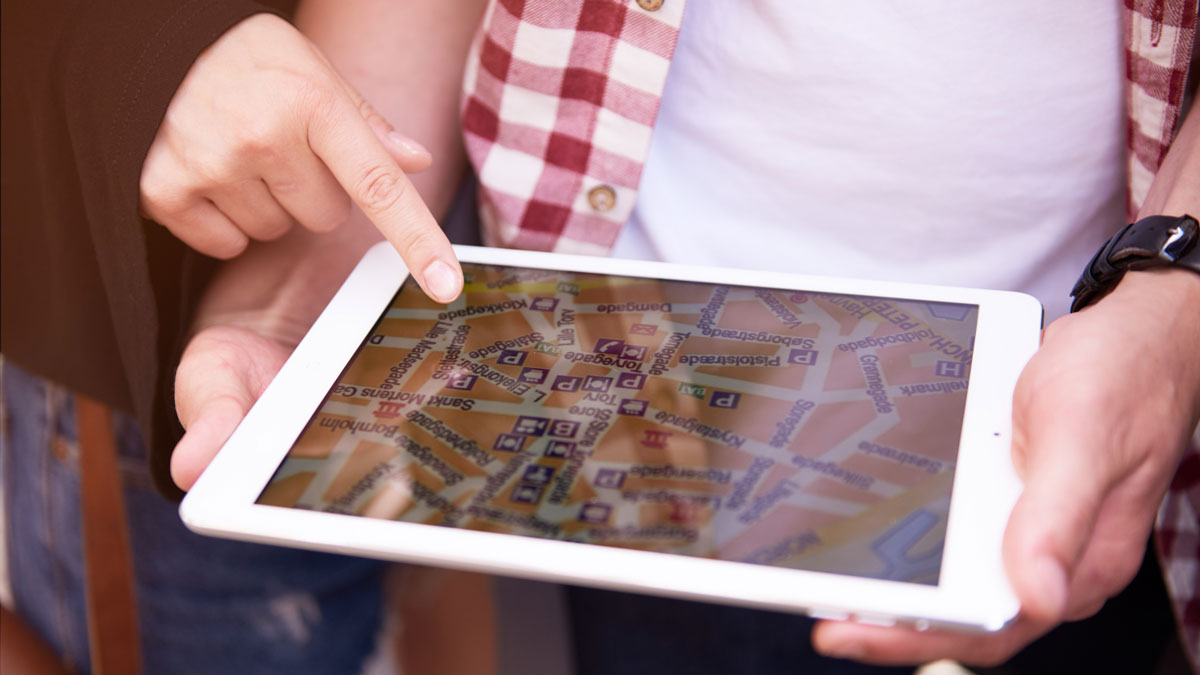In-car entertainment has come a long way since its humble beginnings. What started as a simple radio has transformed into a sophisticated ecosystem of screens, speakers, and connectivity options that rival our living rooms. This evolution reflects not only advancements in technology but also the changing demands of drivers and passengers for convenience, comfort, and engagement on the road.
Let’s journey through the milestones of in-car entertainment, exploring how these innovations have shaped the driving experience and what the future holds.
The Early Days: Radios and AM/FM Delight
The story of in-car entertainment begins in the 1930s when the first car radios hit the market. These devices were a game-changer, bringing music, news, and talk shows to drivers on the move. Initially, car radios were a luxury item, but by the 1950s, they became a common feature in most vehicles.
AM radio dominated the airwaves at first, but the introduction of FM radio in the 1960s brought better sound quality and expanded options for listeners. For many, the car radio was more than just a source of entertainment—it was a companion for long drives and an escape during daily commutes.
Cassette Players and the Personalization Era
The 1970s and 1980s saw a significant shift in in-car entertainment with the introduction of cassette players. Unlike radio, cassettes allowed drivers to choose their music, creating a personalized listening experience. The mixtape culture blossomed during this time, with people curating their favorite songs to play on road trips or during commutes.
The ability to rewind, fast-forward, and replay music put control in the hands of the listener, paving the way for the user-centric entertainment systems we see today.
The Compact Disc Revolution
In the late 1980s and early 1990s, compact discs (CDs) replaced cassettes as the preferred medium for in-car audio. CDs offered superior sound quality, durability, and the ability to skip tracks effortlessly. Multi-disc CD changers became a popular feature, allowing drivers to load several albums at once.
This era marked the beginning of digital audio in vehicles and hinted at the possibilities of a more versatile entertainment experience.
The Rise of Screens: DVDs and Navigation Systems
As the new millennium approached, in-car entertainment expanded beyond audio. DVD players and screens emerged, turning vehicles into mobile cinemas. Minivans and SUVs often came equipped with flip-down screens or headrest-mounted displays, making them a favorite for families with kids.
At the same time, navigation systems began to integrate into dashboards, combining practicality with entertainment. GPS units not only guided drivers but also included features like music storage and point-of-interest suggestions, bridging the gap between utility and enjoyment.
The Digital Age: MP3 Players and Auxiliary Inputs
The early 2000s marked a digital revolution in in-car entertainment. MP3 players like the iPod allowed drivers to carry thousands of songs in a pocket-sized device. Auxiliary inputs became standard in vehicles, enabling seamless connection to portable devices.
This period also saw the rise of satellite radio services like SiriusXM, offering a wider range of content and commercial-free listening. Drivers now had access to curated music, talk shows, and sports broadcasts, enhancing their options beyond traditional AM/FM radio.
The Connected Car: Bluetooth and Smartphone Integration
The arrival of Bluetooth technology in the late 2000s brought a new level of convenience to in-car entertainment. Drivers could wirelessly stream music, make hands-free calls, and even use voice commands. This was further amplified by the introduction of systems like Apple CarPlay and Android Auto, which mirrored smartphone interfaces on the car’s display.
Smartphone integration marked a turning point, transforming cars into connected hubs. Apps like Spotify, Pandora, and Audible brought limitless options for music, podcasts, and audiobooks, while real-time navigation apps like Google Maps and Waze offered unparalleled convenience.
Modern Systems: Fully Integrated Experiences
Today’s in-car entertainment systems are more sophisticated than ever. Touchscreen displays, voice assistants, and advanced sound systems create an immersive experience for drivers and passengers alike. Some high-end vehicles even feature multiple screens, allowing passengers to watch movies, play games, or browse the internet independently.
In addition to entertainment, modern systems focus on connectivity and safety. Features like real-time traffic updates, over-the-air software updates, and integration with smart home devices ensure that cars remain an integral part of the digital ecosystem.
The Future of In-Car Entertainment
As technology continues to advance, the future of in-car entertainment looks exciting. Here are some trends to watch:
- Augmented Reality (AR)
AR displays on windshields could provide immersive navigation and entertainment options, seamlessly blending the digital and physical worlds. - Personalized AI Experiences
Artificial intelligence may tailor entertainment options to individual preferences, creating a fully customized experience for each occupant. - Streaming Services
With the rise of 5G, seamless streaming of movies, music, and games will become the norm, offering endless options for in-car engagement. - Autonomous Vehicles
As self-driving cars become a reality, entertainment will take center stage. Passengers may enjoy interactive gaming, virtual reality experiences, or even productive work sessions during their journeys.
Conclusion
The evolution of in-car entertainment reflects our ever-changing relationship with technology and mobility. From the crackle of AM radio to fully integrated digital systems, each innovation has enhanced the driving experience, making it more enjoyable, engaging, and connected.
As we look to the future, the line between the car and the living room continues to blur, promising an era where the journey is just as entertaining as the destination.









